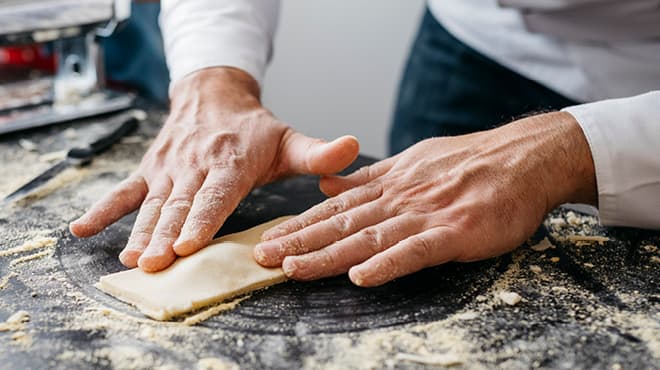
issues control your life.
Recent Blogs
Gastroenterology & Hepatology (Digestive Care)
Do digestive issues control your life? If you have liver or digestive problems, our gastroenterology and hepatology experts can help. We help you achieve better digestive health.
Find out more about our digestive health services:
- Conditions and consultations
- Diagnosis and treatments
- Digestive health specialists
- Referrals
- FAQ
- Gastroenterology & Hepatology locations near you
- Gastroenterology & Hepatology specialists near you
Conditions and consultations
Our gastroenterologists and hepatologists provide consultations and a personalized treatment plan for a variety of common and complex digestive and liver disorders.
Conditions we treat include:
- Barrett's esophagus
- Celiac disease
- Cirrhosis
- Diverticulitis
- Fecal incontinence
- Gallstones
- Gastroparesis
- GERD, often including acid reflux that causes heartburn
- Hepatitis
- Irritable bowel disease (IBD), including Crohn's disease and ulcerative colitis
- Nonalcoholic fatty liver disease
- Pancreatitis
- Peptic ulcer disease
Diagnosis and treatments
We utilize the latest advances in diagnostic tests, imaging and procedures to treat your digestive or liver conditions.
Treatments we provide include:
- Anorectal function motility
- Capsule endoscopy
- Colonoscopy
- Endoscopic mucosal resection (EMR)
- Endoscopic retrograde cholangiopancreatography (ERCP)
- Endoscopic ultrasound
- Esophageal manometry
- Paracentesis
- Upper GI endoscopy
Digestive health specialists
Our experienced team of digestive health specialists collaborate to prevent, diagnose and treat digestive tract and liver disorders involving the pancreas, liver, gallbladder, esophagus, stomach, small intestine and colon.
Our specialists include:
- Gastroenterologists — treat and manage digestive system issues
- Hepatologists — treat and manage liver, gallbladder and bile duct issues
- Nurse practitioners
- Physician assistants
Find digestive health specialists near you.
Referrals
A referral may be required depending on your need. Simply call the appointment number of your preferred Gastroenterology & Hepatology location.
FAQ
What should I expect during my first appointment, and what should I bring?
At your first appointment, bring your current prescription information and any imaging or medical records from non-Mayo Clinic Health System facilities. Complete a medical records release form (PDF) to authorize the transfer of health records from another healthcare facility to us. Visit our Medical Record Forms page for this form and other forms in multiple languages.
What preparation is required for a colonoscopy?
You'll need to prepare your colon for your colonoscopy. This will include drinking a solution that will help you empty your colon before the procedure. You'll receive instructions from your healthcare team.
What are my payment options, and do you offer financial assistance?
Visit the billing page of your preferred location for information on insurance, billing and payments.
We serve patients in difficult financial circumstances and offer financial assistance to those who have an established need to receive medically necessary services. Learn more about financial assistance options.
Can you provide a second opinion?
Yes — simply call the appointment number at your preferred Gastroenterology & Hepatology location. See What should I expect during my first appointment? for tips on how to prepare.
Do you have an after-hours number in case of emergency?
Always call 911 in case of an emergency. For after-hours help with other issues, get virtual care 24/7 through the Primary Care On Demand app or review our convenient care options.





